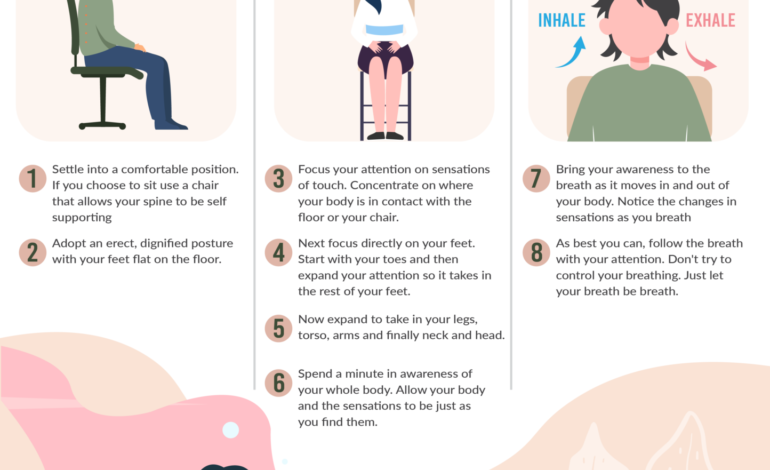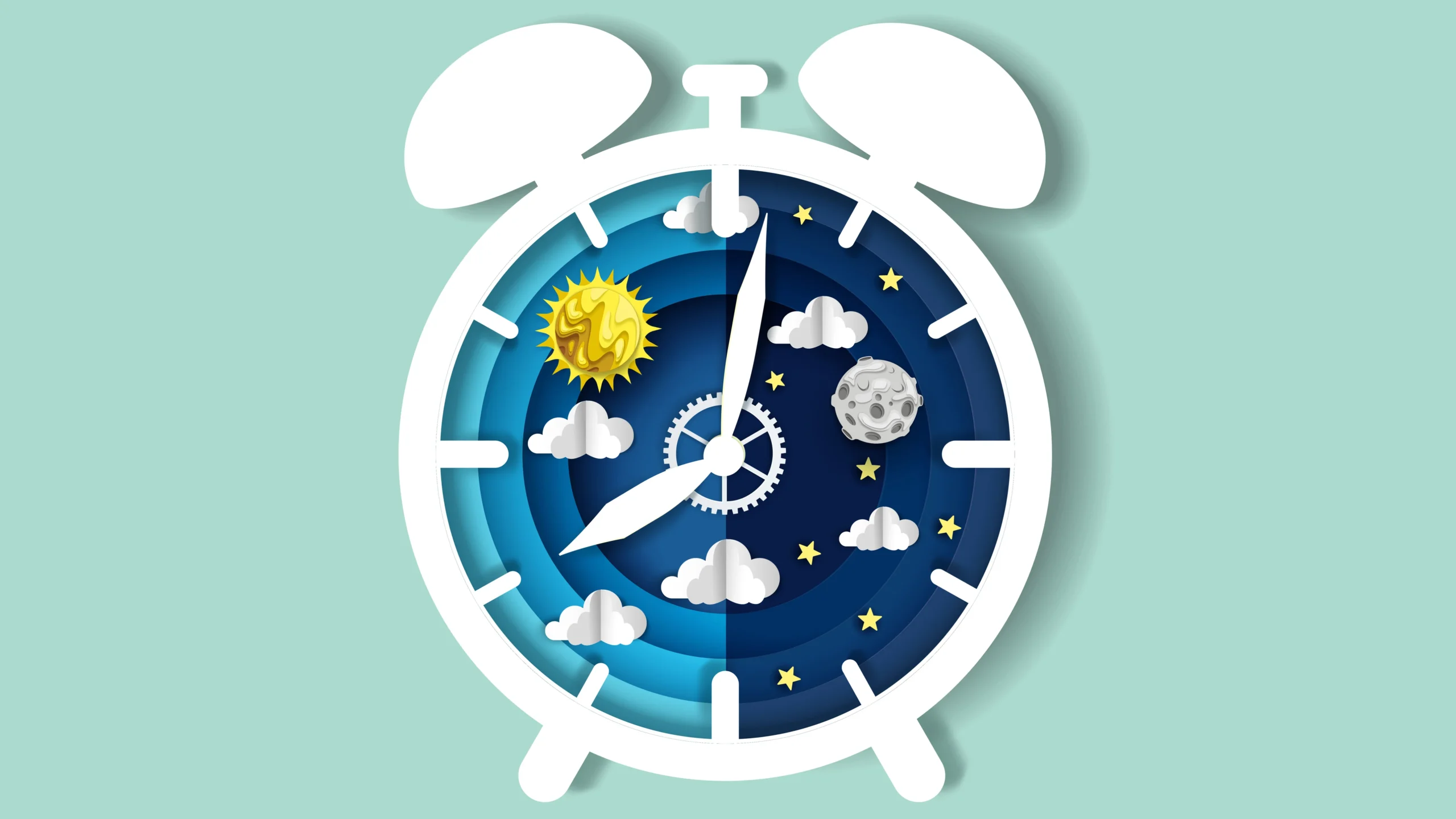Mindfulness & Meditation: Your Guide to Inner Peace

Exploring Mindfulness and Meditation: A Path to Inner Peace
In today’s fast-paced world, it’s easy to feel overwhelmed by stress, anxiety, and a constant sense of being “on.” We rush from one task to the next, often without truly pausing to appreciate the present moment. This is where mindfulness and meditation come in – powerful tools for cultivating inner peace, improving focus, and enhancing overall well-being.
What is Mindfulness?
Mindfulness is essentially paying attention to the present moment, intentionally and without judgment. It’s about observing your thoughts, feelings, bodily sensations, and surrounding environment as they arise, without getting carried away by them. Think of it like watching a stream – you notice the leaves floating by (your thoughts and emotions), but you don’t jump in and try to stop them or chase after them. You simply observe their passage.
It’s crucial to understand that mindfulness isn’t about emptying your mind. That’s practically impossible! Instead, it’s about recognizing when your mind wanders – which it inevitably will – and gently guiding it back to the present moment without criticism.
The Benefits of Mindfulness
The benefits of incorporating mindfulness into your daily life are numerous and well-documented. Here are just a few:
- Stress Reduction: Mindfulness helps break the cycle of reactivity that fuels stress. By observing stressors without judgment, you can lessen their emotional impact.
- Improved Focus & Concentration: Regular mindfulness practice strengthens your ability to focus and concentrate. It’s like exercising a muscle – the more you use it, the stronger it becomes.
- Emotional Regulation: Mindfulness allows you to become aware of your emotions as they arise, giving you space to respond thoughtfully rather than react impulsively.
- Increased Self-Awareness: By paying attention to your internal experiences, you gain a deeper understanding of yourself – your patterns, triggers, and strengths.
- Enhanced Relationships: Mindfulness fosters empathy and compassion, leading to more meaningful and fulfilling relationships.
- Reduced Anxiety & Depression: Studies have shown that mindfulness-based interventions can be effective in reducing symptoms of anxiety and depression.
What is Meditation?
Meditation is a practice often used *to cultivate* mindfulness, although the two are not synonymous. While mindfulness is about present moment awareness throughout your day, meditation is typically a more formal practice where you intentionally set aside time to focus on something specific – your breath, a mantra, a visualization, or simply observing sensations.

There are many different types of meditation, each with its own approach and benefits. We’ll explore some popular techniques below.
Different Types of Meditation
- Breath Awareness Meditation: This is a foundational practice where you focus on the sensation of your breath – the rise and fall of your chest or abdomen, the feeling of air entering and leaving your nostrils. When your mind wanders (and it will!), gently bring your attention back to your breath.
- Guided Meditation: In guided meditations, a facilitator leads you through the practice, often using visualizations, affirmations, or stories to help you relax and focus. These are readily available online and through apps.
- Loving-Kindness (Metta) Meditation: This type of meditation involves cultivating feelings of love, compassion, and kindness – first for yourself, then for loved ones, then for neutral individuals, and eventually extending to all beings.
- Body Scan Meditation: You systematically bring your attention to different parts of your body, noticing any sensations that arise without judgment. This is excellent for increasing body awareness and releasing tension.
- Walking Meditation: Instead of sitting still, you focus on the sensation of walking – the feeling of your feet making contact with the ground, the movement of your body. This is a great option for those who find it difficult to sit quietly.
Getting Started with Mindfulness and Meditation
The good news is that anyone can learn to practice mindfulness and meditation! Here’s how to get started:
- Start Small: Don’t try to meditate for an hour on your first attempt. Begin with just 5-10 minutes a day and gradually increase the duration as you become more comfortable.
- Find a Quiet Space: Choose a place where you won’t be disturbed – it could be a corner of your bedroom, a park bench, or anywhere that feels peaceful to you.
- Comfortable Posture: Sit comfortably with good posture, either on a cushion, chair, or even lying down (though be mindful of falling asleep!).
- Focus on Your Breath: This is the most common starting point for meditation. Simply observe your breath without trying to change it.
- Don’t Judge Yourself: When your mind wanders – and it *will* wander! – gently bring your attention back to your breath without judgment. It’s okay, this is a natural part of the process.
- Be Consistent: Like any skill, mindfulness and meditation require practice. Aim for regular sessions, even if they are short. Consistency is key!
Resources for Mindfulness & Meditation
Numerous resources can support your journey:
- Meditation Apps: Headspace, Calm, Insight Timer offer guided meditations and courses.
- Online Videos: YouTube has a wealth of free meditation tutorials.
- Local Mindfulness Groups: Search online for mindfulness or meditation groups in your area. Practicing with others can be incredibly supportive.
- Books & Articles: There’s a vast library of resources available to deepen your understanding of mindfulness and meditation.
Conclusion
Mindfulness and meditation are not just fleeting trends; they’re powerful tools for cultivating inner peace, improving mental clarity, and enhancing overall well-being. By dedicating even a few minutes each day to these practices, you can transform your relationship with yourself and the world around you. Start today – your mind (and body) will thank you!



